- Home Page
- Company Profile
-
Our Products
- Pure Herbal Extracts
- Birch Leaf Extract
- Gojiberry Extract
- Muira Puama Extracts
- Dandelion Extracts
- L Glutathione Reduced
- Piperine Extract
- Shilajit Extract
- Devil's Claw Extract
- Manjishtha Extracts
- Cissus Quadrangularis Extract
- Chitrakmool Extract
- Bhringraj Extract
- Amaltas Extract
- Celery Seed Extract
- Asafoetida Extract
- Artemisia Extract
- Bromelain - 2400 GDU
- Olive Leaf Extract
- Black Tea Extract
- Apamarga Extract
- Apple Powder
- Ajwain Seed Extract
- Natural Herbal Extracts
- Papaya Leaf Extract
- Maitake Mushroom Extract
- Pumpkin Seed Extract
- Ganoderma Extract
- Astragalus Extract
- Nigella Sativa Extract
- Curcumin Extract
- Pansy Extracts
- Rosemary Extract
- Schisandra Berry Extract
- Sea Buckthorn Extracts Powder
- Moringa Leaf Extract
- Fenugreek Extract
- Acacia Catechu Khadir Chhal Extract
- Arjuna Extract
- Ginseng Extract
- Tulsi Ark
- Neem Extract
- Mucuna Pruriens Extract
- Ashoka Extract
- Gokhru Extract
- Kacip Fatimah Extract
- Boswellia Serrata Extract
- Natural Herbal Organic Extracts
- Kelp Extract
- Passion Flower Extract
- Rose Hip Extract
- Kudzu Extract
- Natural Phytosterol 95%
- Organic Herbal Extracts
- Papain Enzyme
- Wheat Grass Extract
- Acerola Cherry Extract
- Propolis Extract
- Basella Alba Extracts
- Chamomile Extract
- Guava Leaf Extracts Powder
- Hedera Helix Extract
- Hoodia Extract
- Soya Isoflavone Extract
- Valerian Root Extracts Powder
- Vitex Agnus Extract
- Parsley Extract Powder
- Aguaje Fruit Extract
- Amla Extract
- Jamun Seed Extracts
- Black Current Extract
- Bamboo Extract
- Acai Berry Extract
- Mangosteen Extract
- Burdock Root Extract
- Hawthorn Extract
- Nettle Leaf Extract
- Pomegranate Extract
- Guduchi (Giloy) Extract
- Kiwi Extract
- Hibiscus Powder
- Thyme Extract
- Wheatgrass Extract
- Grape Seed Extract
- Black Cohosh Extract
- Raspberry Extract
- Pygeum Bark Extract
- Elder Berry Extract
- Mitake Mushroom Extract
- Mulberry Leaf Extract
- Hops Flower Extract
- Lotus Extract
- Mangolina Bark Extracts
- Lucuma Extract
- Senna Extract
- Garlic Extract
- Broccoli Extract
- Ginger Extract
- Bitter Melon Extract
- Shiitake Mushroom Extracts
- Guggal Extract
- Sesbania Grandiflora Extract
- Morinda Citrifolia Extract
- Blueberry Extract
- Apple Extract
- Herbal Powder
- Shatavari Extract
- Gokharu Extract
- Berberine HCL
- Stem Cell Extract
- Herbal Raw Material
- Graviola Extract
- Apricot Extract
- L Arjinin Powder
- Brahmi Extract
- Cranberry Extract
- Astaxanthin Powder
- Herbal Extract
- Stevia Leaf Extract
- Apmarga Extracts
- Dandelion Extract
- Anthocyanin Powder
- Nutraceuticals Raw Materials
- Catuba Bark Extract
- Omega 3 Powder
- Chlorella Extract
- American Ginseng Extract
- Guggul Extracts
- Beta Sitosterol Powder
- Avena Sativa Extract
- Centrallia Asciatica
- American Ginseng
- Gymnema Sylvestris
- Siberian Ginseng Extract
- Aloe Vera Extracts
- Cinnamon Extracts
- Sage Leaf Extract
- Spinach Extract
- Coleus Root Extracts
- Red Yeast Rice Extract
- Irvingia Gabonensis Extract
- Bitter Buckwheat Extract
- Colchicine USP
- Coleus Extract
- Enriched Yeast
- White Willow Bark Extract
- DHA Powder
- Chlorella Extracts
- White Willow Bark
- Dong Quai
- Spirulina Powder
- Pure Thyme Extract
- Alfa Alfa Extract
- Cissus Quadrangularis
- Saga Leaf
- Ginkgo Biloba
- Siberian Ginseng
- DHA Veg Powder
- Ginkgo Biloba Extract
- Gymnema Sylvestre Extracts
- Quercetin Powder
- Juniperus Communis Extract
- Annona Squamosa Extracts (Shareefa)
- Green Apple Extract
- Tephrosia Purpurea Extract
- Soy Isoflavone
- Cocoa Husk Extract
- Terminalia Belerica Extract
- Chirata Extract (Swertia Chirayaita)
- Arrow root Extract (Maranta arundinacea)
- Punica Granatum Extract (Dadima/ Dadaka/ Anar)
- Pterocarpus marsupium Extract (Asana / Vijaysar / Beejaka)
- Butea monosperma Taub / B. frondosa(Palash / Dhark)
- (Vasaka/Adhatoda Zeylanica) Vasaka Extract
- Amaranthus Spinosus Extract (Tanduliya / Chaulai / Kateli)
- Cajanus Cajan Extract (Adaki / Arahar / Tuvar ki daal)
- L Theanine Powder
- Acacia Catechu Extract
- Cinnamon Powder
- Basella alba Leaf Extract
- Cucumis Melo Extract
- Organic-Natural (3.6%) Iron From Curry Leaf
- Mixed Tocopherol 30% Powder from Soya
- Citrus Bioflavonidoid Powder
- Salacia Reticulata Root Extract
- Mangosteen Extract Powder
- Natural (50%) Vitamin C From Amla Extract
- Organic-Natural (0.5%) Biotin From Sesbania Grandiflora
- Organic-Natural (5%) Folic acid From Lemon Peel Extract
- Organic-Natural Thiamine From Mung bean (Vigna radiata)
- Organic-Natural (2%) Beta Carotene From Carrot
- Organic-Natural (4%) Beta Carotene From Annatto Extract
- Organic-Natural (3.6%) Niacin From Holy Basil (Tulsi) Extract
- Citrus latifolia Extract
- Organic-Natural (4%) Magnesium From Lantana camara (Sage Leaf)
- Perna canaliculus (Green lipped mussel / Mussel Oil)
- Omega 6 Fatty Acid Powder
- Organic Millet Extract
- Hesperidin Powder
- silymarin extract
- Phycocyanin From Spirulina Plantesis
- Methyl Sulfonyl Methane (MSM) Powder
- Sphaeranthus Indicus Extract
- Nelumbo Nucifera Lotus Leaf Extract
- Mimosa Pudica Extract
- Medicinal Herbal Extract
- Konjac Extract Powder
- Resveratrol Powder
- Noni Extract
- Wild Yam Extract
- Barley Grass Extract
- Horse Chest Nut Extract
- Mulethi Extract
- Artimisia Extract
- Banana Leaf Extract
- Nettle Extract
- White Kidney Bean Extracts
- Echinacea Extract
- Tongkat Ali Extract
- Garcinia Extract
- Green Coffee Extracts
- Harad Extract
- Green Tea Extract
- Resveratrol Powder
- Green Coffee Extract
- Wort Plant Extract
- Yarba Mate Extract
- Yohambe Extract
- Essential Oils
- Tea TREE oIL
- Balsam peru
- Palmarosa Oil
- Lemon Oil
- LemonGrass Oil
- Rose Essential Oil
- Ylang Ylang Oil
- Pure Frankincense Oil
- Citronella Essential Oil
- Lavender Essential Oil
- Jasmine Essential Oil
- Peppermint Oil
- Wheat Germ Oil
- Walnut Oils
- Macadamia Nut Oil
- Olive Oil
- Grape Seed Oil
- Pure Hazelnut Oil
- Carrot oil
- Argan Oil
- Apricot Oil
- Natural Almond Oil
- Jojoba Oil
- Basil Oil
- Lemongrass Essential Oil
- Essential Oils
- Bitter Orange
- Sandalwood Oil
- Rosemary Oil
- Aloe Vera Essential Oil
- Nagarmotha Oil
- Frangipani Oil
- Fenugreek CO2 Oil
- Geranium Oil
- Treemoss Absolute
- Balsam Copaiba
- Bay Oil
- Spearmint Oil
- Lavandin Oil
- Mace Absolute
- Mandarine Oil Yellow
- Buchu Leaf Oil
- Turmeric Oleoresin
- Ginger Oleoresin
- Frankincense OIl
- Balsam peru
- Ambrette Seed Absolute Natural
- Medium Chain Triglycerides Oil CCTG MCT Oil
- Ratio Extract
- Spray Dried Powders
- Food Ingredients
- Natural Food Colours
- Sea Buckthorn Products
- Active Pharmaceutical Ingredient
- Pure Herbal Extracts
- Contact Us
Chirata Extract (Swertia Chirayaita)
Price 1200 INR/ Kilograms
MOQ : 1 Kilograms
Chirata Extract (Swertia Chirayaita) Specification
- Variety
- Other Herbal Extract
- Part
- Leaf
- Form
- Powder
- Purity(%)
- 100%
- Smell
- No Smell
- Edible
- No
- Shelf Life
- 2 Years
About Chirata Extract (Swertia Chirayaita)
- Chirata is an annual herb 30-80 cm. high; leaves lanceolate acute; flowers greenish- purple. It is naturally found in temperate to sub-alpine Himalayan areas from J&K, H.P., U. P. to Arunachal Pradesh on slopes between 1800-3600 m. altitude.
- Swertia chirayita (Gentianaceae), a popular medicinal herb indigenous to the temperate Himalayas is used in traditional medicine to treat numerous ailments such as liver disorders, malaria, and diabetes and are reported to have a wide spectrum of pharmacological properties.
- Morphological characteristics. Chirayata is an erect, annual, branched herb, up to 1.5 m high. Stem is robust and cylindrical below, but four-angled upwards. Leaves are broadly lanceolate, opposite, sessile, about 10 cm long, acute at tip, and five nerved.
- USE
- Chirata is an herb. People use the parts that grow above the ground and the root to make medicine. Some people take chirata by mouth for fever, constipation, upset stomach, loss of appetite, intestinal worms, skin diseases, liverinflammation, stomachinflammation, and cancer
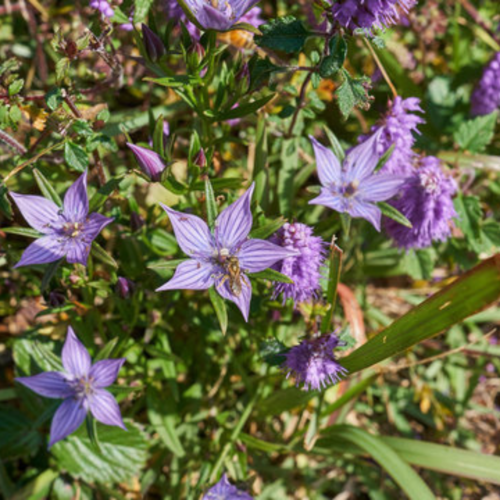
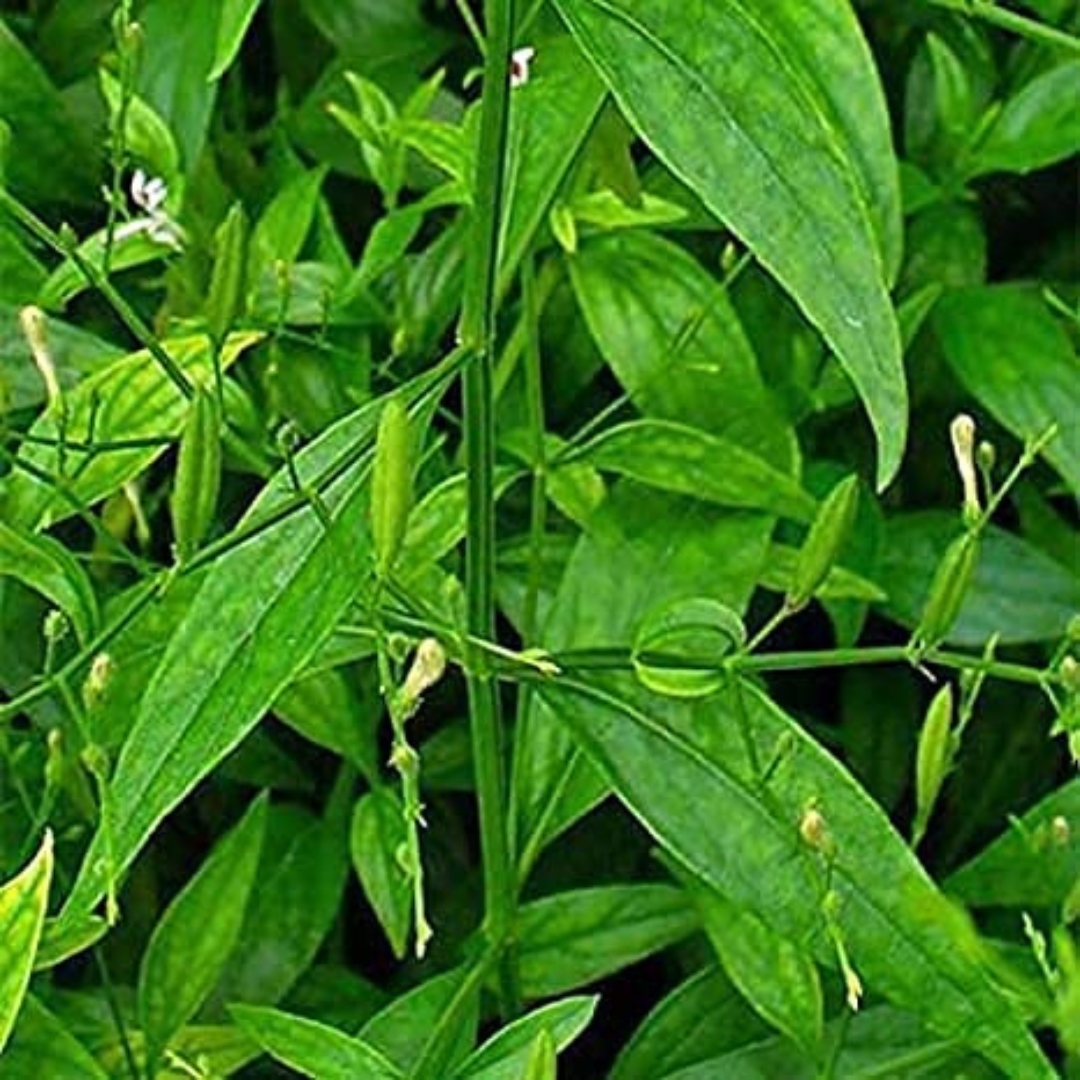
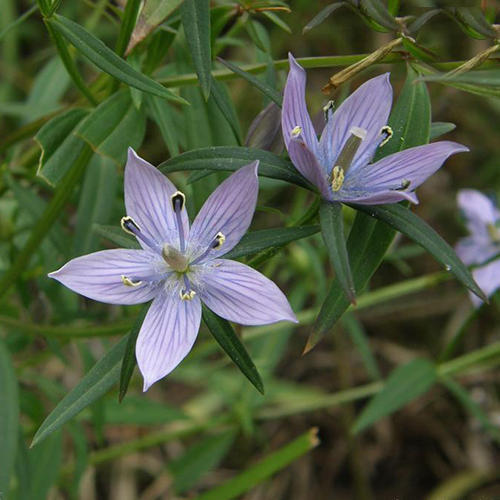
Tell us about your requirement

Price:
Quantity
Select Unit
- 50
- 100
- 200
- 250
- 500
- 1000+
Additional detail
Mobile number
Email
More Products in Nutraceuticals Raw Materials Category
Chlorella Extracts
Price 200 INR / Kilograms
Minimum Order Quantity : 1 Kilograms
Extract Type : Solvent Extraction
Shelf Life : 3 Years
Form : Powder
Part : Other
Coleus Extract
Price 200 INR / Kilograms
Minimum Order Quantity : 1 Kilograms
Extract Type : Solvent Extraction
Shelf Life : 3 Years
Form : Powder
Part : Other
Cajanus Cajan Extract (Adaki / Arahar / Tuvar ki daal)
Price 1200 INR / Kilograms
Minimum Order Quantity : 1 Kilograms
Extract Type : Solvent Extraction
Shelf Life : 24 Months
Form : Powder
Part : Fruit
Acacia Catechu Extract
Price 600 INR / Kilograms
Minimum Order Quantity : 1 Kilograms
Extract Type : Solvent Extraction
Shelf Life : 24 Months
Form : Powder
Part : Fruit


 Send Inquiry
Send Inquiry
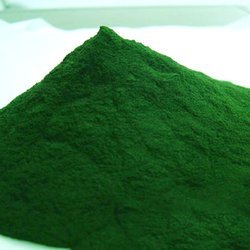
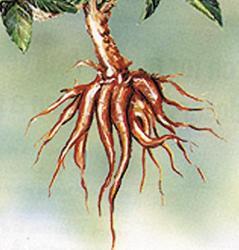
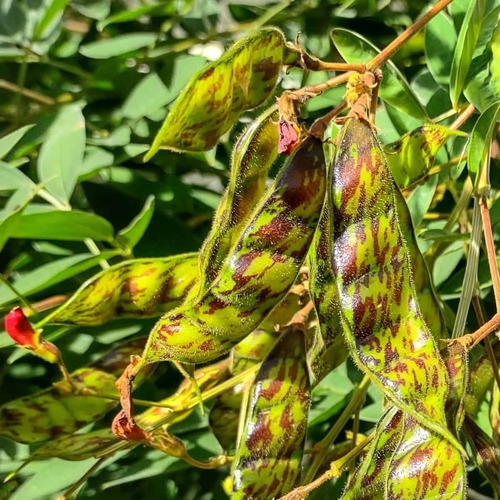
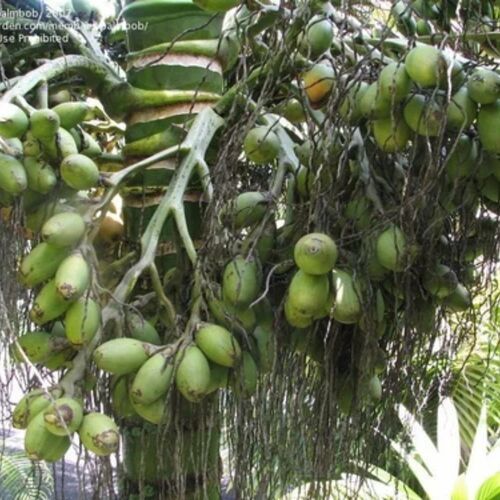


 Call Me Free
Call Me Free
